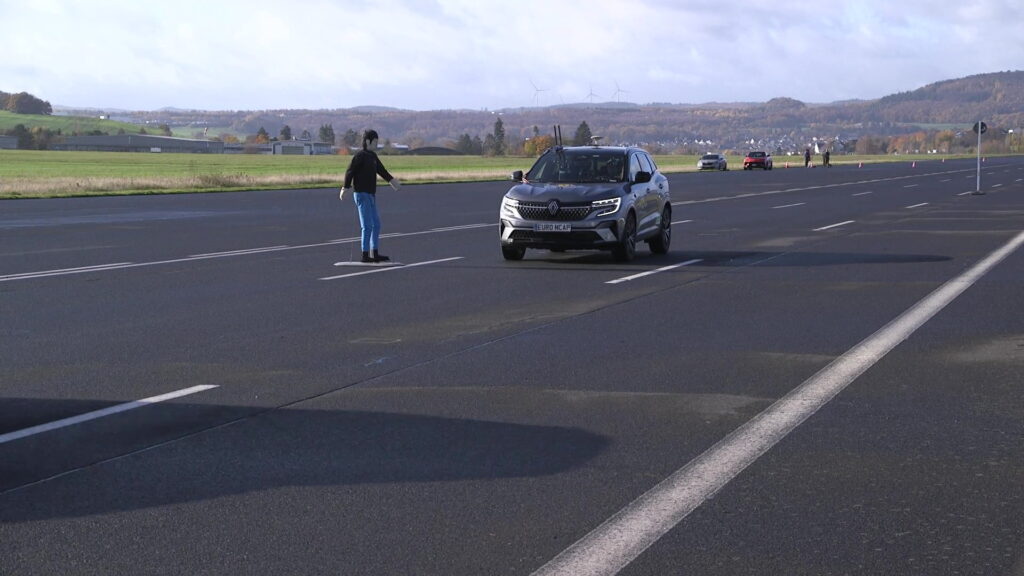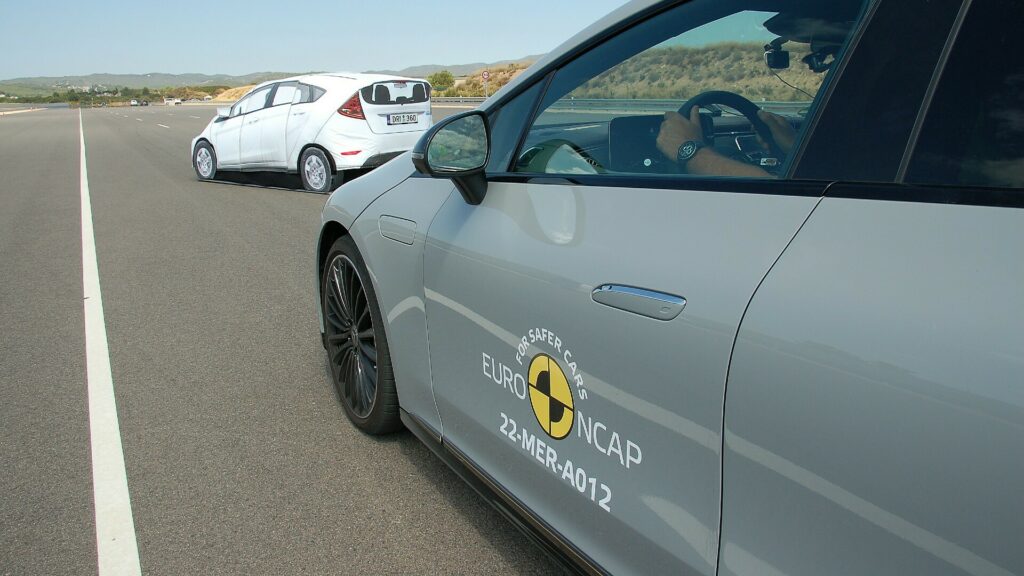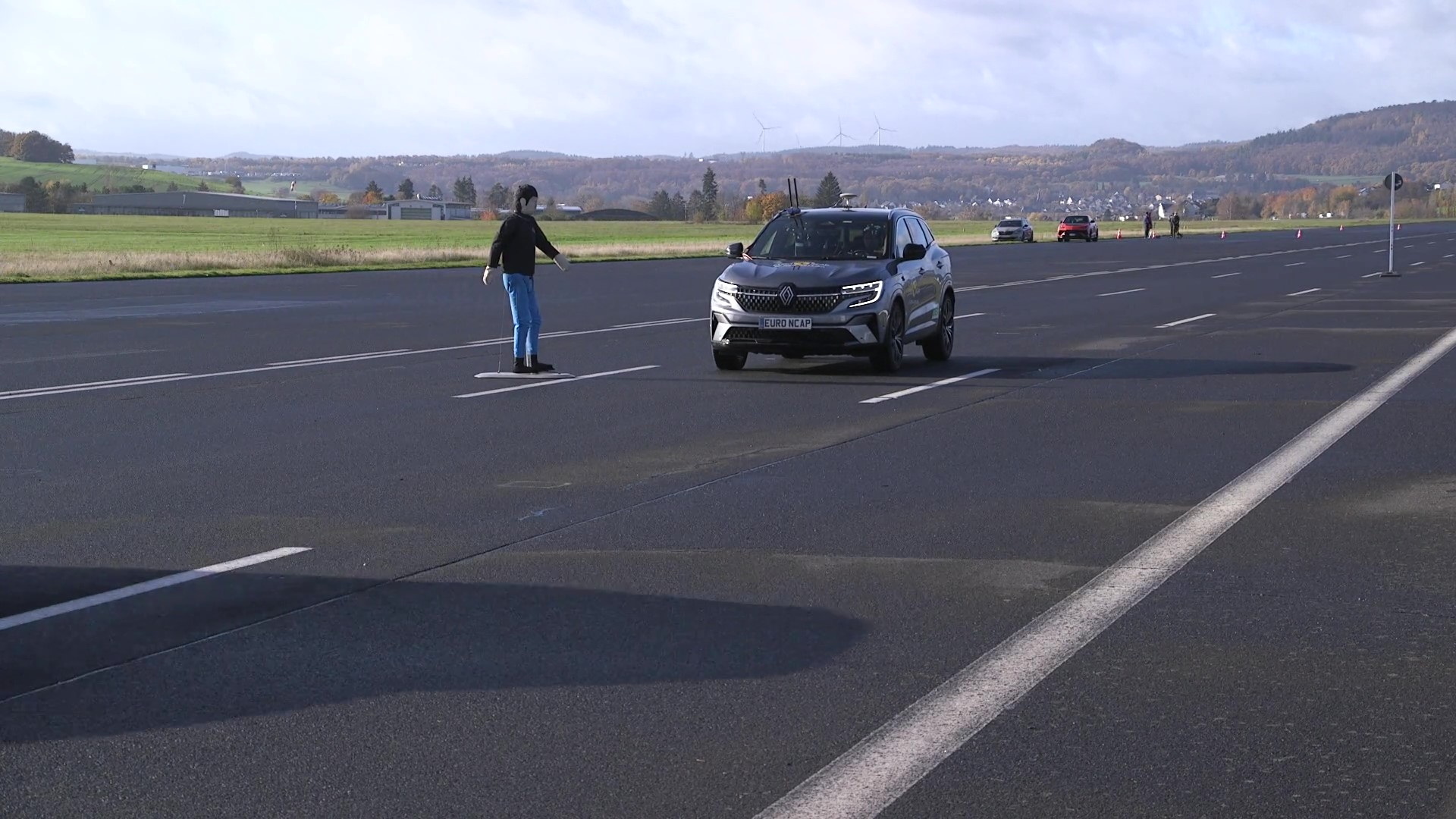The vast majority of the new models today come equipped with a wide range of advanced driver assistance systems for more safety. The systems sound pretty similar in theory, but their performance varies, as proven by Euro NCAP’s evaluations and gradings.
Euro NCAP started its ADAS-focus test back in 2020, with vehicles being graded on a scale of four starts based on the results of different categories – “Assistance Competence” measures driver engagement and vehicle assistance, while “Safety Backup” checks how the vehicle responds when the systems fail.
The first results for 2023 were published today, including a trio of SUVs – the four-star Nissan Ariya (77% / 86%), the four-star Renault Austral (77% / 92%), and the two-star Alfa Romeo Tonale (54% / 76%). The Nissan Ariya was praised for its Nissan ProPilot suite repeating the excellent results of the Qashqai from last year. The Austral was even better in some areas, gaining the title of the highest-performing Renault to date in these kinds of tests. Finally, the Alfa Romeo Tonale had the worst score among the three, losing points due to its marginal performance in driver monitoring and speed assistance, plus some “misleading references to automation” in the promotional material.
More: EVs Dominate In Euro NCAP’s Look Back At The Safest Cars Of 2022

The top performer among all vehicles tested to date is the Mercedes-Benz EQE sedan (you can find the list here). The EV was rated in 2022 scoring 85% in Assistance Competence and 100% in Safety Backup for an easy four-star rating. In fact, the Mercedes EQE aced in all of the tests besides the marginal performance of the driver monitoring system preventing it from getting the ultimate score. For comparison, the Tesla Model 3 which was rated in 2020, scored a poor 36% in Assistance Competence and a strong 95% in Safety Backup, limiting the total outcome to a two-star rating.
Euro NCAP encourages a “collaborative” between the car and the driver, as the safest way is for them to share the driving task, at least based on the current findings. ADAS could help limit the two most common types of crashes on the highway, including unintentional lane change (Lane Keeping Assist), or running into the car in front (Adaptive Cruise Control).









